A Jira admin is crucial in managing and optimizing the Jira software platform. Jira, meanwhile, is widely used for project management and issue tracking. Navigating the complex world of software development and project management can often feel like steering a ship through foggy waters. Among the plethora of tools available to help clear the fog, Jira stands out as a lighthouse for many organizations.
As someone who has sailed these waters and found a home in the role of a Jira Administrator, I’m here to share everything you need to know about this pivotal position. From the foundational responsibilities to the nitty-gritty of troubleshooting, consider this your comprehensive guide to becoming a Jira Admin.
What is Jira Admin?
Jira Admin is a person who is in charge of configuring workflows, managing Jira user permissions, and maintaining overall system efficiency. Not to mention, the global permission also needs to be managed carefully. What’s more, they will have to handle integrations with other products access, ensuring that Jira applications the specific needs of the organization. This role is essential for ensuring that teams can use Jira effectively to manage projects and track progress.
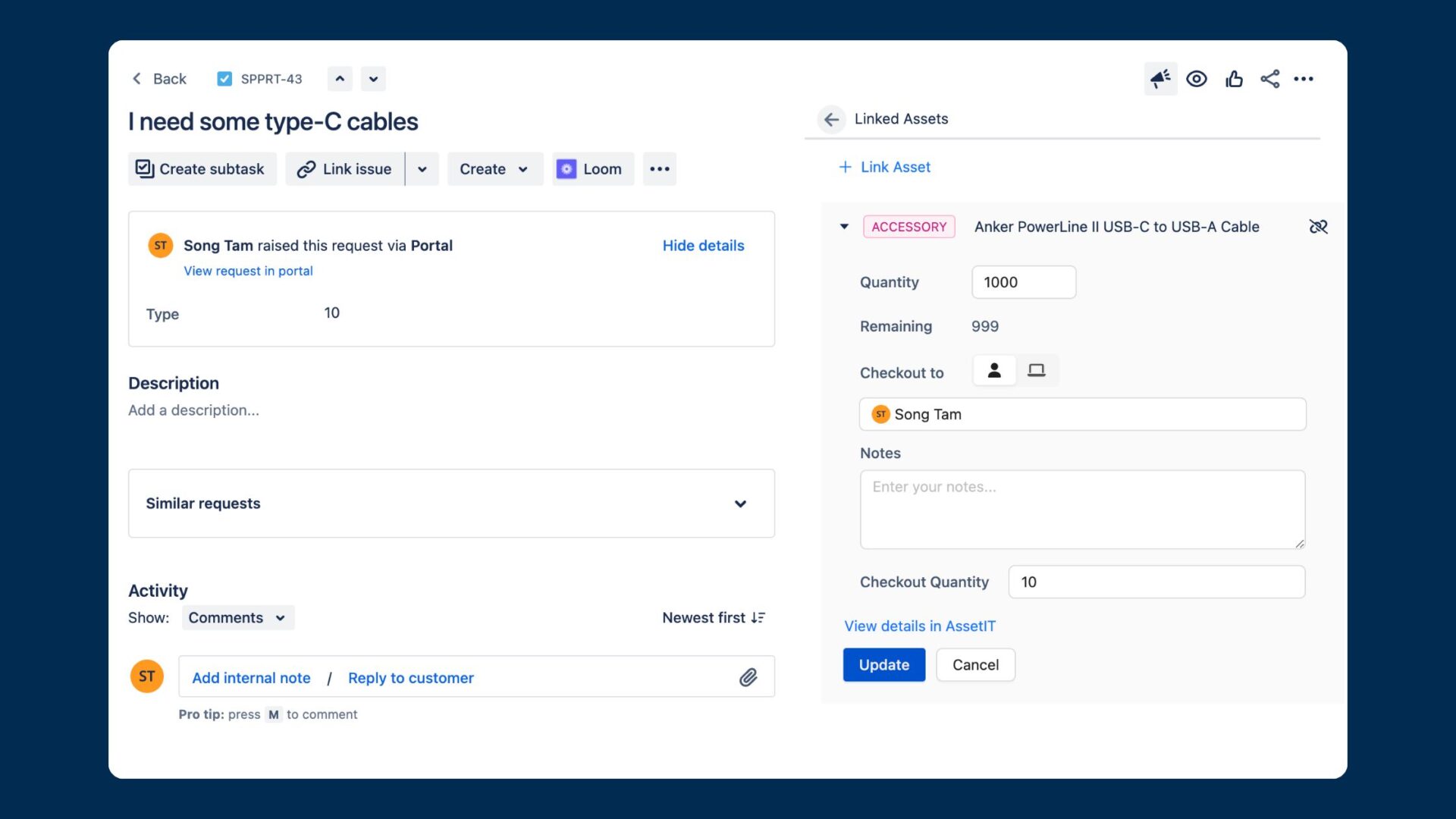
To understand more about Jira admin, let’s explore what Jira is and how come it is one of the most powerful tools in project management.
What is Jira?
Jira, developed by Atlassian, is more than a tool. It’s a vessel that carries projects from inception to completion. When I first encountered Jira, its capabilities seemed daunting. However, the more I dig in, the more I realize that at its core, Jira is about facilitating communication, organization, and efficiency. The role of a Jira Admin is akin to being the captain of this vessel, ensuring it’s fit for the journey ahead and capable of weathering any storm.
Becoming a Jira Admin doesn’t happen overnight. It involves a deep dive into the mechanics of Jira, understanding its features, and most importantly, knowing how to tailor it to fit the unique needs of your team or organization. The journey begins with grasping the basics of project management and issue tracking, and gradually moves towards mastering the art of customization and automation.
The Role and Responsibilities of Jira Admins
The responsibilities of a Jira Admin are as varied as the projects that Jira can manage. At the heart of it, the role involves setting up, configuring, and maintaining Jira to ensure it aligns with the workflows and processes of the organization. This means creating projects, defining workflows, and setting permissions so that the right people have access to the right information at the right time.

Beyond the setup, a Jira Admin acts as a bridge between the technical and non-technical realms. This involves training users across Atlassian products, creating documentation, and providing support. It’s about making Jira as accessible and effective for everyone, from the developers writing the code to the managers overseeing the projects.
One of the most challenging yet rewarding aspects of being an Administrator is the need to stay ahead of the curve. This involves keeping abreast of updates, exploring new features, and constantly seeking ways to optimize the use of Jira within the organization. It’s a role that demands both technical acumen and a deep understanding of project management principles.
Key Skills and Qualifications for a Jira Admin
Embarking on a career as a Jira Admin requires a unique blend of skills and qualifications. At its core, a strong foundation in project management and a thorough understanding of the software development lifecycle are indispensable. This ensures that you’re not just familiar with Jira’s capabilities but also understand the context in which it operates.
Technical proficiency is another cornerstone. This doesn’t necessarily mean you need to be a developer, but you should be comfortable with concepts like databases, basic scripting, and software integration. The ability to troubleshoot technical issues and implement custom solutions is what will set you apart.
Soft skills, particularly communication and problem-solving, play a pivotal role as well. Since a significant part of the job involves interacting with users and stakeholders, being able to articulate complex concepts in simple terms is invaluable. Additionally, the capacity to think critically and creatively to solve problems ensures that you can adapt Jira to meet the evolving needs of your organization.
How to become a Jira admin?
Becoming a super admin involves building both technical skills and project management knowledge. To get you acquainted with Jira, the following information might be helpful.
Setting up Jira
The initial setup of Jira is a critical step that lays the groundwork for its effective use. Choosing between Jira Cloud and Jira Server (or Data Center) is one of the first decisions you’ll make. Each option has its advantages, with Cloud offering ease of setup and maintenance, and Server/Data Center providing more control and customization.
Installation is just the beginning. Configuring Jira to suit your organization’s needs involves a deep dive into its myriad settings. This includes creating custom issue types, defining workflows, and setting up screens that capture the necessary information for each issue. It’s a process of tailoring Jira to reflect the real-life processes of your team or organization.
Another critical aspect of the setup is ensuring that Jira is secure and that user permissions are correctly configured. This involves creating user groups, defining roles, and setting permissions at a granular level to ensure that sensitive information is protected and that users have access to the features they need.
To learn more about Administration for Jira Cloud, check out the document provided by Atlassian: Administer Jira Cloud.
User Management in Jira
An admin role responsibility is managing users. This involves not just adding or removing users but also understanding and managing their permissions. Jira’s permission scheme allows for detailed control over who can see what and who can do what within the system.
Effective user management also involves creating and managing groups and roles. This simplifies the process of assigning permissions and ensures that as teams grow and evolve, it’s easy to maintain the right level of access for everyone.
Another aspect of user management is monitoring and optimizing the performance of Jira. As the number of users grows, it’s essential to keep an eye on how this impacts the system’s performance and to make adjustments as necessary to ensure that Jira remains fast and responsive for everyone.
Learn more about how to manage users, groups, or permissions in Jira Cloud: Manage users, groups, permissions, and roles in Jira Cloud.
Project Management in Jira
At its core, Jira is a project management tool, and as a Jira Admin, facilitating effective project management is one of your key roles. Project administration duties is knowing what’s best for their process. This involves setting up projects, configuring boards, and ensuring that workflows reflect the actual processes and stages that issues go through from inception to resolution.
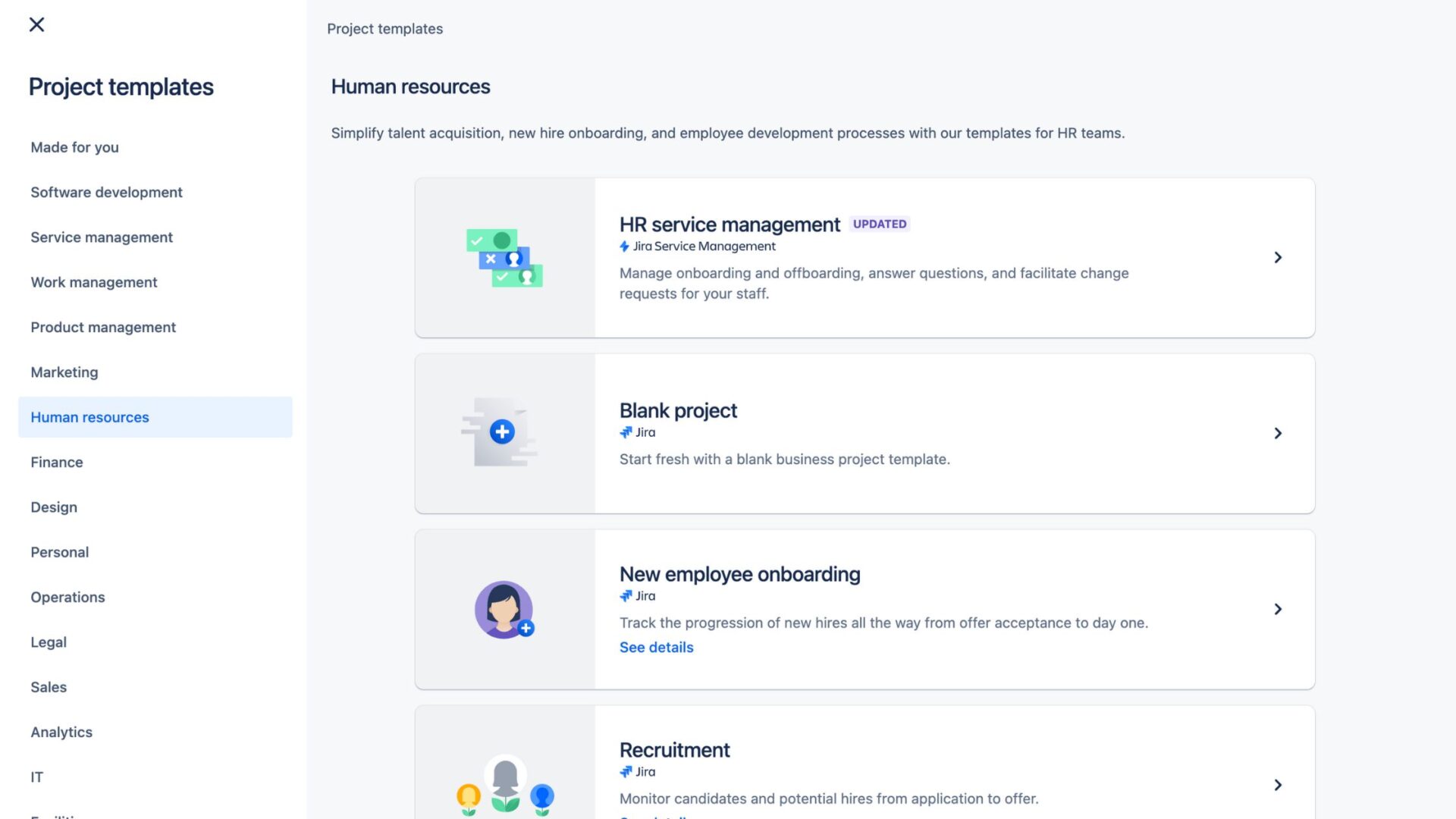
Customizing workflows is one of the most powerful features of Jira. It allows you to define the steps an issue goes through, the transitions between these steps, and the conditions, validators, and post-functions that govern these transitions. This level of customization ensures that Jira can adapt to the specific needs of each project.
Another aspect of project management in Jira is reporting and analytics. Jira provides a range of reports and dashboards that can help teams track progress, identify bottlenecks, and improve their processes. As a Jira Admin, setting up and customizing these reports and dashboards to provide actionable insights is a critical part of supporting effective project management.
Jira Administration Best Practices
Over time, I’ve learned that certain best practices can make a world of difference in the effective administration of Jira. One of the key practices is to keep Jira as simple as possible. While it’s tempting to use all the features and customizations that Jira offers, simplicity often leads to greater efficiency and user satisfaction.
Regularly reviewing and cleaning up Jira is another best practice. This involves archiving old projects, removing inactive users, or staying updated with IT resources attached to issues. This not only helps in keeping Jira organized but also improves its performance.
Lastly, fostering a culture of collaboration and continuous improvement is crucial. Encourage users to provide feedback, and be proactive in seeking ways to optimize the use of Jira. A collaborative approach ensures that Jira evolves in a way that continues to meet the needs of its users.
Troubleshooting and Maintenance for Jira Administrators
Despite the best planning and implementation, issues will arise. Troubleshooting is a critical skill for any Jira Admin. This could range from diagnosing performance issues to resolving configuration problems. Having a systematic approach to troubleshooting—starting with identifying the symptoms, isolating the cause, and implementing a fix—is essential.
Regular maintenance is also crucial for the smooth operation of Jira. This includes monitoring system health, performing backups, and applying updates and patches. Staying on top of these tasks ensures that Jira remains secure, stable, and performant.
Training and Resources for Jira Administrators
The landscape of Jira is always evolving, and staying informed is key to being an effective Jira Admin. Fortunately, there’s a wealth of resources available. Atlassian’s own documentation and community forums are a treasure trove of information. Additionally, there are numerous training courses, certifications, and user groups that can provide valuable insights and networking opportunities.
Conclusion
Embarking on the journey to become a Jira Admin is both challenging and rewarding. It’s a role that sits at the crossroads of technology and project management, requiring a blend of technical, analytical, and interpersonal skills. Whether you’re just starting out or looking to deepen your expertise, the world of Jira offers endless opportunities to learn, grow, and make a significant impact on the way projects are managed. As you navigate this path, remember that the goal is not just to manage Jira but to use it as a tool to facilitate communication, collaboration, and continuous improvement within your organization.


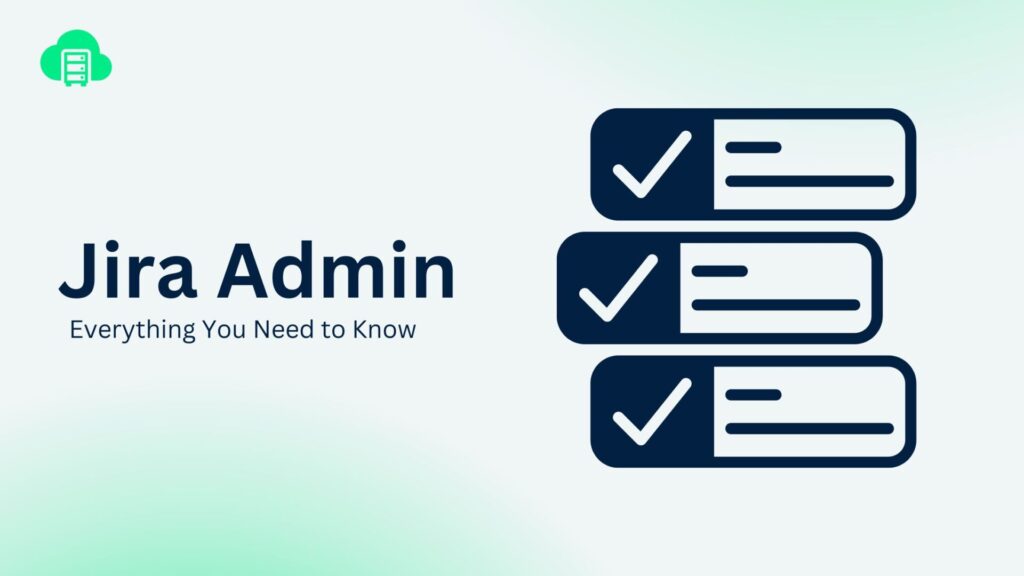


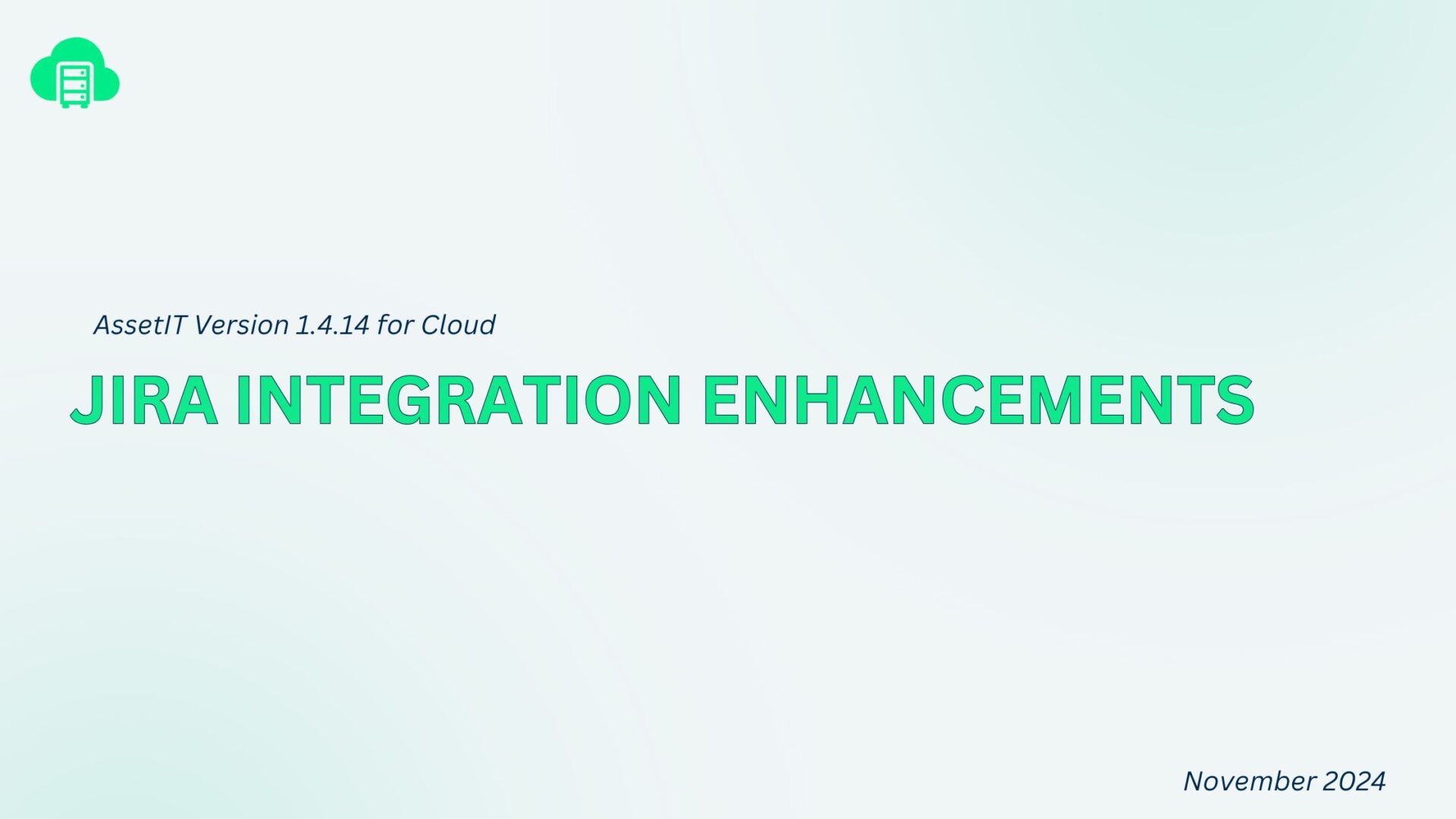
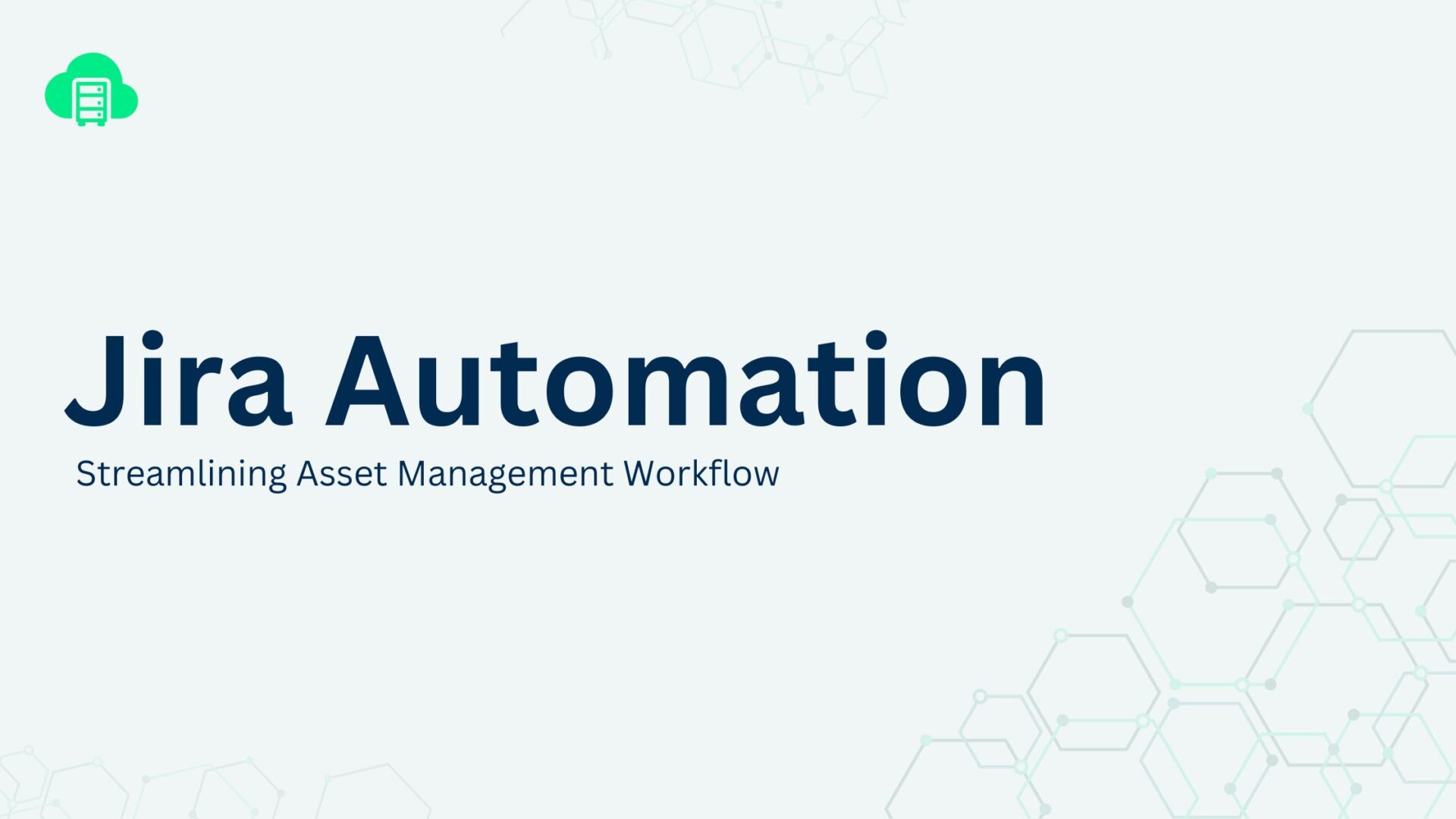
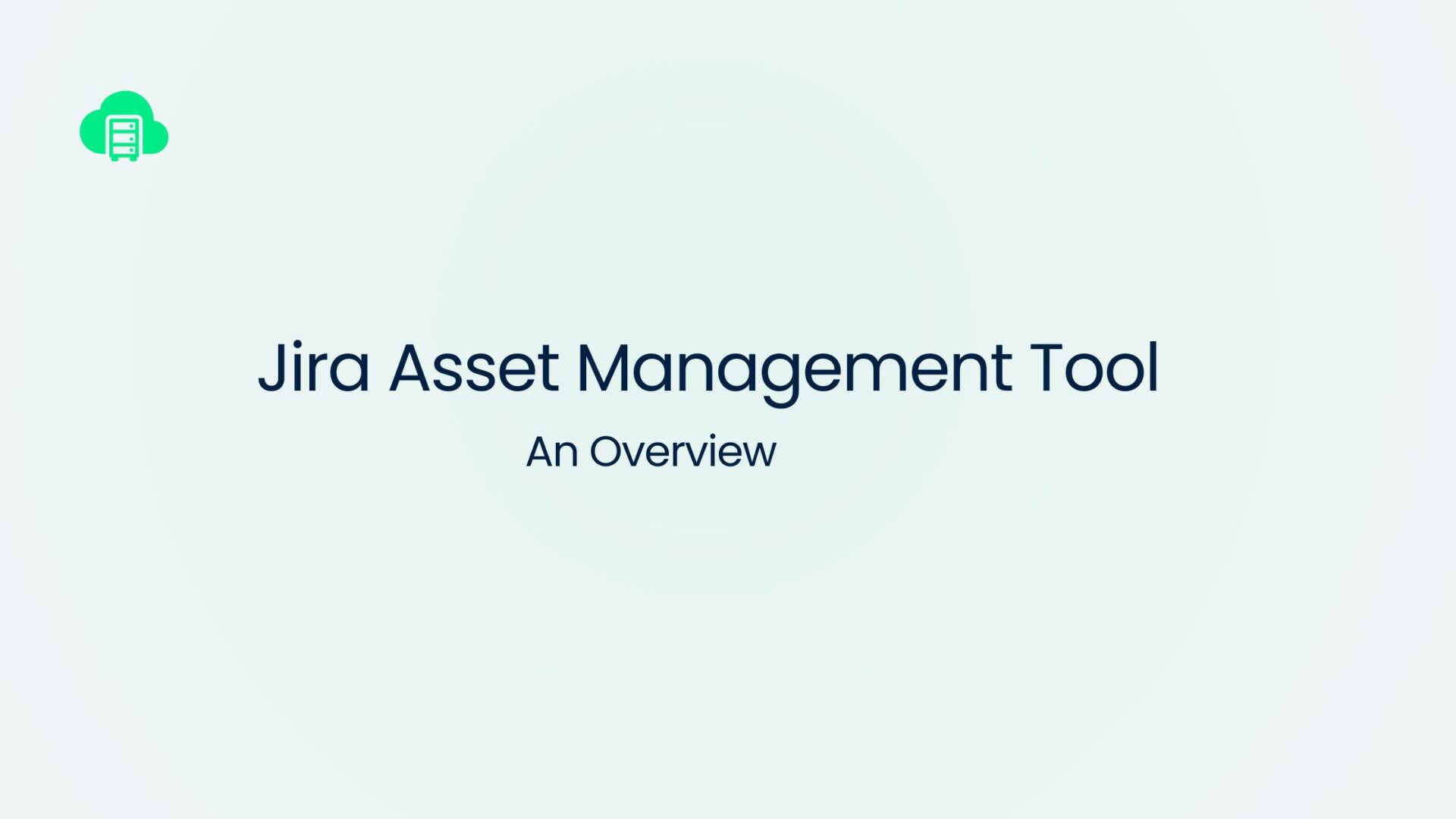

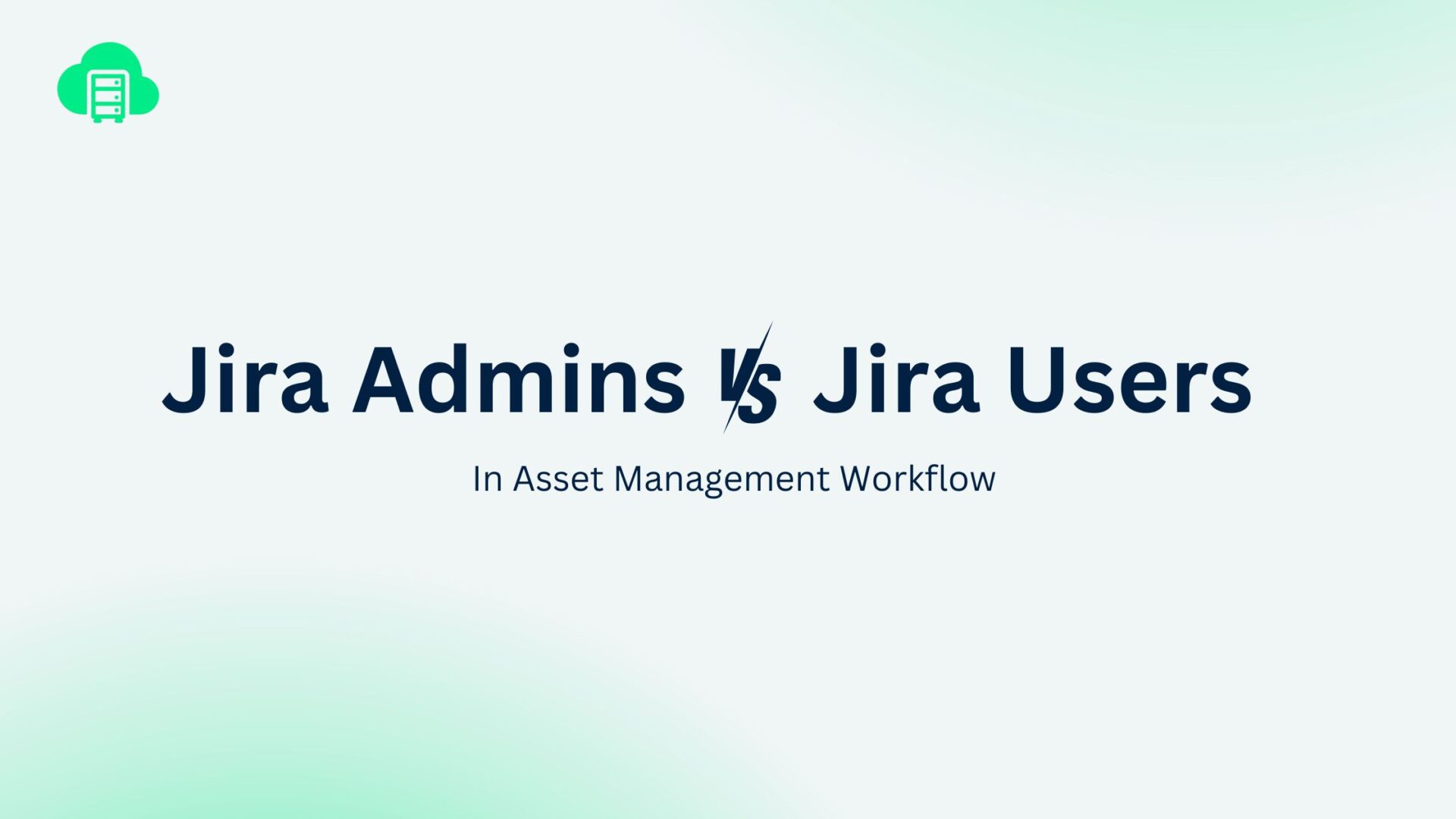
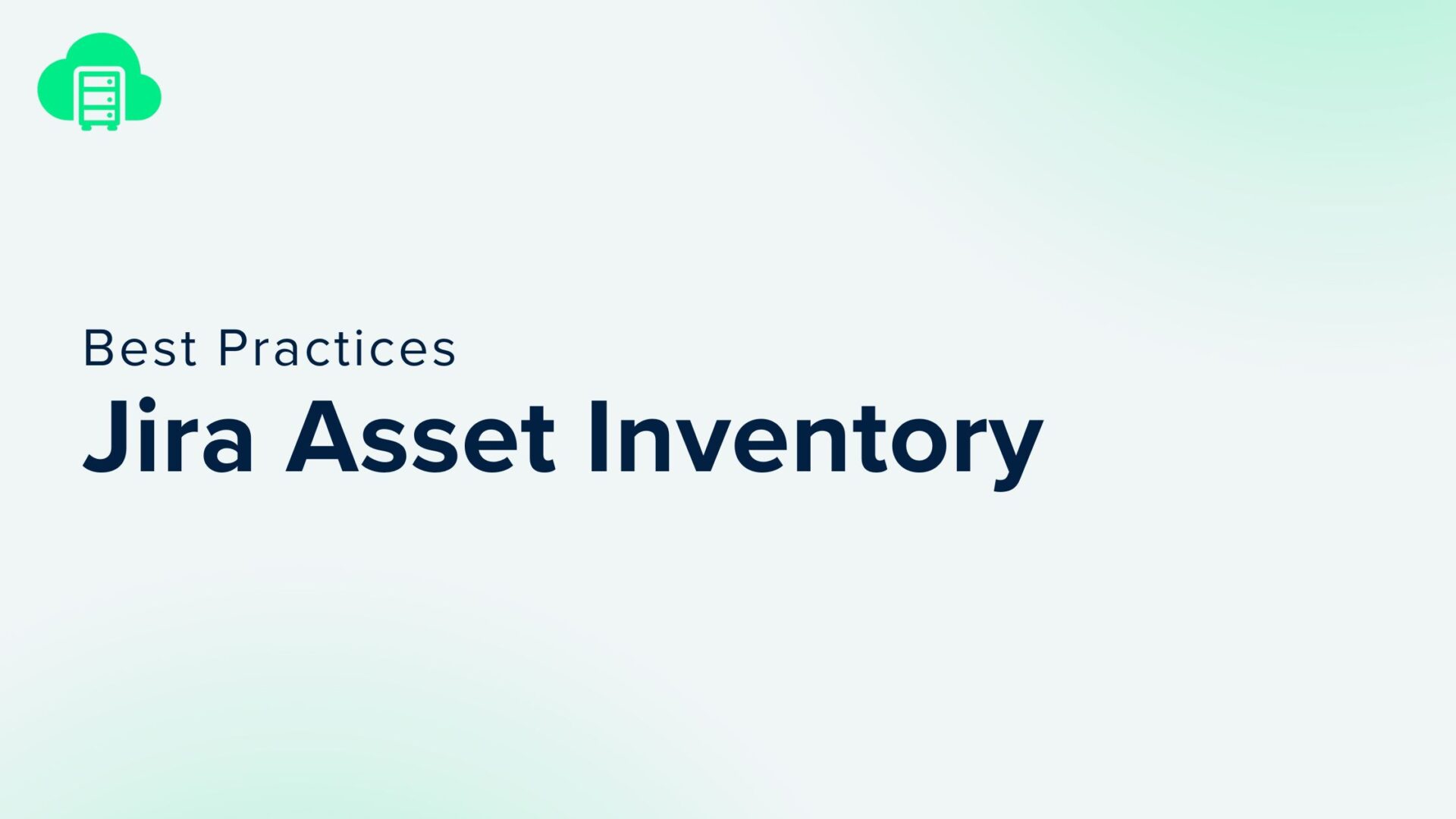

Recent Comments